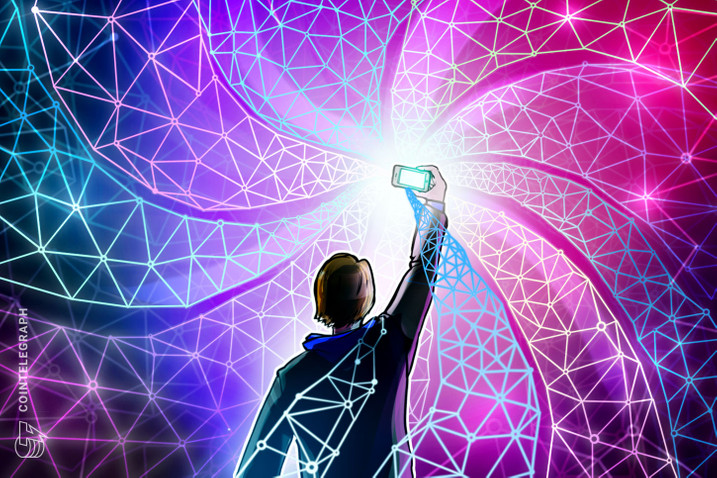Discover the contrasting functions of DApps and protocols in the blockchain world, and gain insights into
how they contribute to the growth of decentralized technologies.
In recent years, the rise of blockchain technology has paved the way for groundbreaking innovations in the realm of decentralized systems.
Among the revolutionary concepts are and protocols. While both are integral components of the
decentralized ecosystem, they serve distinct purposes and play different roles.
This article explores the contrasting characteristics of DApps and protocols, shedding light on their
respective functionalities and importance in the world of decentralized technologies.
المحتوي
Understanding DApps
Software programs that run on a decentralized network of computers rather than a centralized server are known as decentralized applications or DApps.
They make use of blockchain technology to guarantee immutability, security and transparency.
Like traditional applications, DApps are designed to have front-end and back-end components.
إقرأ أيضا:تعرف علي تردد قناة الواقع نايل سآت وعرب سآت 2022Users can interact with the application using the front-end interface, while the back-end, also known as the smart contract, is deployed on the blockchain. The smart contract executes the application’s logic and securely handles data.
The decentralized structure of DApps sets them apart. As a result, there is no single point of failure because they do not rely on a single organization or central authority.
The blockchain network distributes transactions and data, making them unchangeable and censorship-resistant.
Examples of DApps
- Decentralized finance (DeFi) apps: These applications offer financial services, such as lending,
- borrowing and trading without intermediaries. Popular DeFi apps include Uniswap and Compound.
- Gaming DApps: These applications enable players to own and trade in-game assets using blockchain technology. Notable examples are an.
- Supply chain management DApps: These applications provide transparent tracking of goods across the supply chain, enhancing efficiency and and Waltonchain are notable examples.
Protocols in the decentralized world
Protocols, in the context of blockchain and decentralized technologies, refer to the underlying sets of rules and standards that define how the network operates.
إقرأ أيضا:Crypto community reacts to Biden’s proposed crypto tax reporting rulesThey provide the foundation for DApps to function and communicate effectively within the ecosystem.
The rules for data validation, consensus processes, and the network’s node-to-node communication protocol are all established via protocols.
They make sure that everyone follows the same rules and can rely on the data exchanged within the system.
Types of protocols
- Consensus protocols: These determine how the network agrees on the validity of transactions and achieves consenand delegated proof-of-stake (DPoS).
- Interoperability protocols: These protocols enable different blockchains to communicate and share
- data, fostering interoperability within the decentralized ecosystem. Examples include and .
- Storage protocols: These protocols define how data is stored and accessed within the decentralized network. The is a well-known storage protocol.
DApps are end-user applications that provide specific services and functionalities within the decentralized ecosystem. Protocols, on the other hand,
serve as the underlying rules and standards that govern the entire decentralized network and enable seamless interactions between DApps.
Overall, DApps and protocols are driving the revolution toward a decentralized future, transforming various sectors and fostering innovation in the blockchain space.









